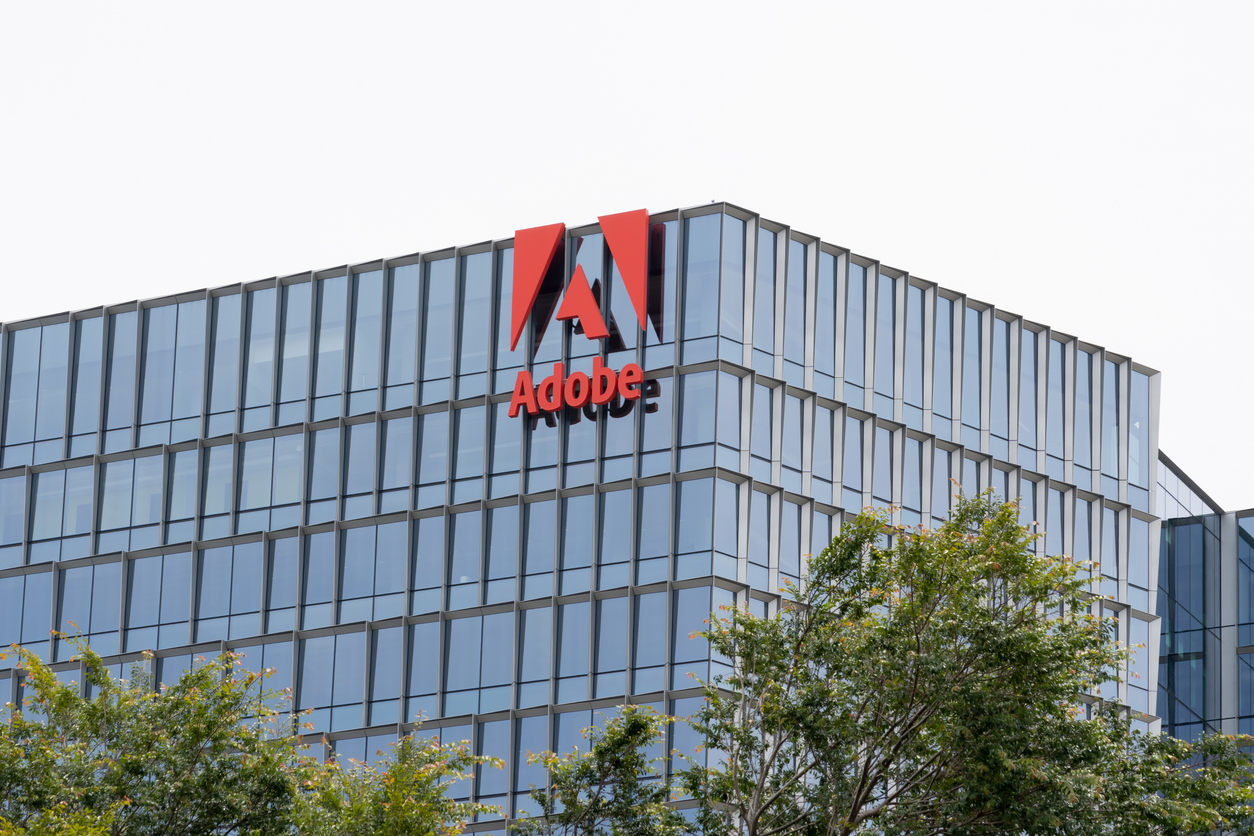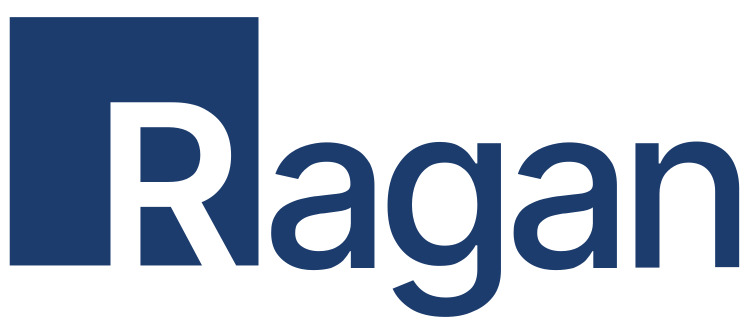Adobe tells employees that DEI hiring is ending; Walmart’s comprehensive employee retention strategy
Plus, a study examining the financial impacts of burnout.

Greetings, comms pros! Let’s take a look at a few news stories from the last week and see what we can learn from them.
- Adobe reveals an end to diversity-forward hiring goals
Adobe is joining other tech firms by ending its DEI hiring goals. According to a report by Business Insider, the makers of Photoshop and Acrobat announced via Chief People Officer Gloria Chen that diversity considerations will no longer affect hiring goals at the organization.
“We will discontinue the practice of setting aspirational representation goals while continuing our focus on fair and consistent hiring practices,” Chen said.
This marks a change in tone on DEI for Adobe from earlier this decade. A page on Adobe’s website from 2020 committed to diversity goals including increasing female representation in leadership positions by 30% and doubling underrepresented minorities in the same positions by 2025.
But in an email to Business Insider, Adobe reaffirmed its commitment to a workplace that’s for everyone.
“We’ve always believed in and remain committed to Adobe for All, which is our belief in creating a company culture where all employees are empowered to make an impact. While some programs and policies are changing, our values are not.”
While Chen conceded that the executive orders on DEI were “complex”, some employees at the company felt the way the move was communicated was a step back in the company’s “Adobe for All” culture. Others asked for more transparency and guidance from leadership.
When there’s a big cultural shift like this one, internal communicators need to be at the forefront talking about not just what the move is, but what comes next for the company. Putting that out front and center will help retain goodwill and employee buy-in that a great culture cultivates.
2. A look into how Walmart shares information on advancement and tech-help for employees
Walmart is best known as one of America’s most ubiquitous big box stores. Now it’s seeking to become a leader in employee retention — and it’s even leveraging technology to help keep its best people in place and help them rise through the ranks.
Modern Retail spoke with Walmart executive vice president of store operations Cedric Clark about how the company is investing in its employees to drive both better customer service. He mentioned AI programs in the employee app that can guide employees on how to more quickly and easily help customers in need and lessen on-the-job headaches. These technologies have also proven helpful in limiting turnover.
“Anything we invest in automation and technology has to put the associate in a better position to where you’ve simplified work, and at the end of it, it’s truly a better job,” he said.
He also alluded to the company’s pathway to leadership and transparent bonus structure as appealing programs to keep the best Walmart employees in place.
“There’s no marketing plan on that outside of just making sure we make it the best place to shop and work and have those levels of opportunities they can achieve,” he added. “For the individuals that are experiencing [growth], when we make sure we’re putting them in the position to share that with their teams — which they do organically — it positions us for them to stay with Walmart.”
When companies are forthcoming in how they can help employees advance through the ranks to higher compensation levels, employees will want to stay. Walmart is a great example of how communicating what opportunities are available can drive employees toward achieving higher goals and thus performing better for both the company and themselves.
If your organization has programs for advancement or tech to help employees out and you’re not talking about it plainly, they may as well not exist. A two-way communications structure familiarizing employees with these initiatives and providing room for feedback so communication can be adjusted is a great way to foster trust and create engaged employees. If you invest in your people, they’re more likely to stick around. If you’re taking that investment step, you need to finish the job by telling your people about it.
3. In addition to the mental toll, burnout has a big financial impact on organizations: study
An upcoming study from the City University of New York outlines the annual cost of employee burnout in financial terms, and it’s an eye-opener. Publishing in the American Journal of Preventive Medicine in May, the report states the average burnout cost for a salaried employee is over $4,000, with manager and leadership burnout costing just over $10,000 and $20,000 per year, respectively. The paper also stressed that employers might not be catching or talking about burnout soon enough for many employees.
“An employer may not prioritize a problem until there is the realization that it can significantly affect the organization’s bottom line, revenue, costs or profit. This may be, at least in part, why there has not been more urgency and action to address burnout.”
Internal comms pros might not be able to fight the root causes of burnout, but they’re a key conduit in helping stem its spread. For instance, communicators who have scheduled surveys and dedicated time to check in on the wellbeing of employees have the ability to run potential issues up the ladder for leadership to implement fixes.
Everything a communicator does should be hedged within the health and function of the business. When you see clear numbers showing the impact of burnout on the bottom line, it’s all the more reason to invest in wellness communication.
4. How about some good news?
- A 3-year-old in Israel found a 3,800-year-old scarab seal during a family outing.
- A rare species of otter reappeared in Nepal after nearly two centuries.
- The epitaph of a Roman gladiator was uncovered in southern Italy.
- Ragan Training is great for communications pros to find inspiration and resources.
- You should be rewarded for your work. Find out how to earn an award here!
Have a great weekend comms all-stars!
Sean Devlin is an editor at Ragan Communications. In his spare time he enjoys Philly sports and trivia.







